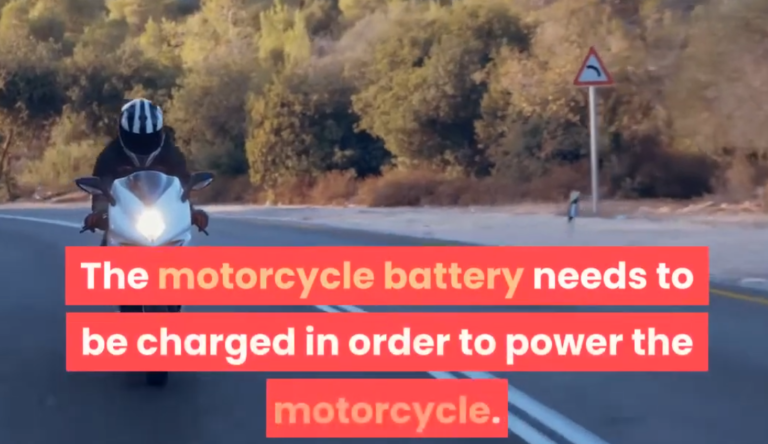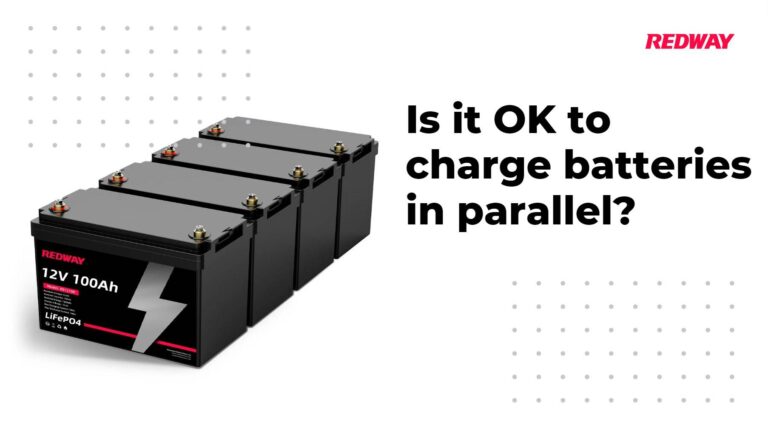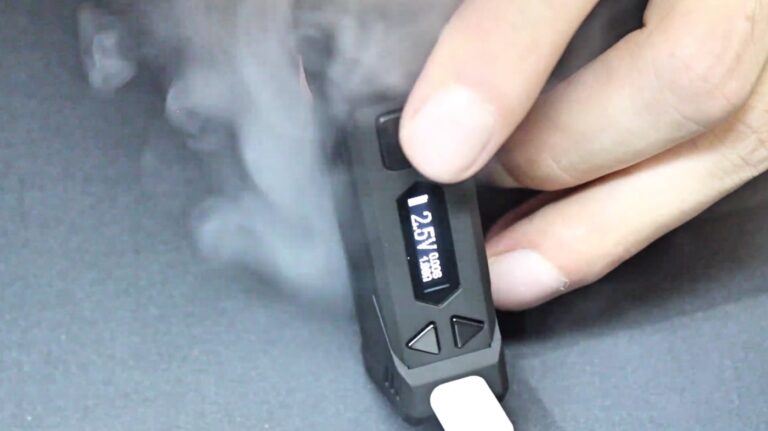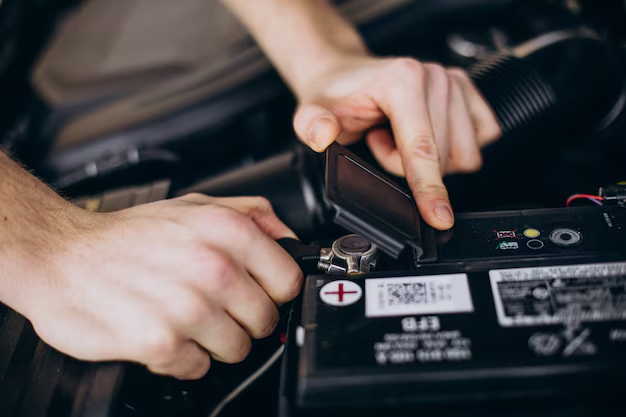How to Charge a Trolling Motor Battery While on the Water
Fishing enthusiasts and boaters know the importance of a reliable trolling motor battery. These batteries power your trolling motor, enabling smooth navigation and precise control as you explore waterways. However, a day on the water can quickly turn stressful if your battery dies, leaving you stranded or unable to fish effectively. The good news is that charging your trolling motor battery while on the water is entirely possible, ensuring uninterrupted adventures. Here’s a detailed guide on how to do it.
1. Understand the Basics of Trolling Motor Batteries
Before diving into the methods, it’s crucial to understand the types of trolling motor batteries and their charging requirements. Most trolling motors use deep-cycle batteries, which are designed to provide consistent power over a long period. These batteries come in three main types:
- Flooded Lead-Acid Batteries: Affordable but require maintenance, such as topping off water levels.
- AGM (Absorbed Glass Mat) Batteries: Maintenance-free and more resistant to vibrations.
- Lithium-Ion Batteries: Lightweight, durable, and efficient but come with a higher price tag.
Each type has specific charging needs, so always check the manufacturer’s guidelines before proceeding.
2. Why Charge on the Water?
Charging your trolling motor battery while on the water offers several benefits:
- Extended Fishing Time: Avoid cutting your trip short due to a drained battery.
- Peace of Mind: Stay prepared for emergencies or unexpected delays.
- Enhanced Performance: A charged battery ensures consistent power output for smoother operation.
3. Methods to Charge a Trolling Motor Battery While on the Water
Let’s explore the most effective methods for on-the-water charging:
A. Use an Onboard Charging System
An onboard charger is one of the most convenient solutions. These chargers are permanently installed in your boat and can charge your trolling motor battery while the engine is running.
- How It Works: Onboard chargers draw power from your boat’s alternator while the engine runs. This power is then distributed to your trolling motor battery.
- Advantages: Fully automated, weather-resistant, and designed for marine environments.
- Considerations: Ensure the charger is compatible with your battery type and voltage.
Tip: Look for smart onboard chargers that adjust charging rates based on battery status to prevent overcharging.
B. Solar Panels
Harnessing solar energy is an eco-friendly and efficient way to charge your trolling motor battery while on the water.
- How It Works: Attach marine-grade solar panels to your boat and connect them to a charge controller. The controller regulates the power sent to your battery to avoid overcharging.
- Advantages: Renewable energy source, silent operation, and low maintenance.
- Considerations: Solar panels work best in sunny conditions and may require a significant surface area for adequate power output.
Tip: Opt for portable, foldable solar panels for easy storage and setup.
C. Wind Turbines
If you’re boating in a windy area, wind turbines can provide a steady source of power to recharge your battery.
- How It Works: Install a small marine wind turbine on your boat. The turbine generates electricity from wind and directs it to your battery through a charge controller.
- Advantages: Ideal for windy conditions and provides power day and night.
- Considerations: Initial installation can be expensive, and turbines may produce noise.
Tip: Combine wind and solar charging for maximum efficiency.
D. Alternator Charging
If your boat is equipped with a combustion engine, you can use its alternator to charge your trolling motor battery.
- How It Works: The alternator generates electricity while the engine runs, which can be directed to the trolling motor battery via a voltage regulator.
- Advantages: Utilizes existing equipment and provides consistent power.
- Considerations: May require additional wiring and a battery isolator to prevent draining your starting battery.
Tip: Use a multi-bank alternator to charge multiple batteries simultaneously.
E. Portable Generators
For a more versatile solution, consider bringing a portable generator onboard.
- How It Works: Start the generator and connect it to your trolling motor battery using a marine-grade charger.
- Advantages: High power output and can charge multiple devices.
- Considerations: Generators can be noisy, bulky, and require fuel.
Tip: Choose a quiet, compact generator designed for marine use.
F. Battery-to-Battery Chargers
A battery-to-battery charger is another efficient way to recharge your trolling motor battery while on the water.
- How It Works: This device draws power from your boat’s starting battery to charge the trolling motor battery.
- Advantages: Compact, easy to install, and ensures your starting battery remains charged.
- Considerations: Monitor your starting battery’s charge level to avoid getting stranded.
Tip: Use this method in conjunction with an alternator charging system for optimal performance.
4. Tips for Efficient On-the-Water Charging
To get the most out of your charging setup, follow these tips:
- Invest in High-Quality Equipment: Use marine-grade chargers, cables, and connectors to ensure durability and safety.
- Monitor Battery Levels: Regularly check your battery’s charge status using a voltage meter or battery monitoring system.
- Plan for Redundancy: Combine multiple charging methods, such as solar panels and an onboard charger, for backup power.
- Optimize Energy Usage: Minimize power consumption by turning off unnecessary devices and using energy-efficient trolling motor settings.
- Perform Regular Maintenance: Clean battery terminals, inspect wiring, and ensure all connections are secure to maximize charging efficiency.
5. Safety Considerations
Charging your trolling motor battery while on the water involves electrical equipment, so safety is paramount. Keep these precautions in mind:
- Avoid Overcharging: Use smart chargers with built-in protection features to prevent overcharging and overheating.
- Secure All Equipment: Ensure chargers, solar panels, and other devices are securely mounted to prevent accidents in rough waters.
- Follow Manufacturer’s Guidelines: Always adhere to the recommended charging procedures for your specific battery type.
- Stay Prepared: Keep a fire extinguisher and first-aid kit onboard in case of emergencies.
6. Conclusion
Charging your trolling motor battery while on the water is not only possible but also a practical solution to extend your boating and fishing adventures. Whether you choose an onboard charger, solar panels, wind turbines, or a combination of methods, the key is to select the option that best fits your needs and boating environment. With proper planning and the right equipment, you can enjoy uninterrupted time on the water, focusing on what truly matters – the thrill of the catch and the serenity of nature.
By implementing these strategies, you’ll never have to worry about a dead trolling motor battery again. So gear up, stay charged, and make the most of your time on the water!
- Difference Between Charging and Discharging in a Lithium-Ion Battery
- Why Is My Battery Going Down While Charging?
FAQS
How to Charge a Trolling Motor Battery While on the Water
Charging a trolling motor battery while on the water can be done with the following methods:
- Solar Panels:
- Install marine-grade solar panels on your boat.
- Use a solar charge controller to regulate the charge and avoid overcharging.
- This method works best during sunny conditions.
- Alternator Chargers:
- Some boats have alternators that charge batteries while the engine is running.
- Install an alternator charger to redirect power from the boat’s engine to the trolling motor battery.
- Portable Power Stations:
- Use a portable marine-grade power station with a built-in inverter to charge your battery.
- Ensure it is compatible with your trolling motor battery.
- Hydrogenerator Systems:
- These systems convert water movement into electricity, charging batteries passively while the boat moves.
- They are more common on sailboats but can be adapted to some motorboats.
What Happens If a Trolling Motor Battery Gets Wet?
Trolling motor batteries are typically sealed and designed to withstand some exposure to water. However:
- Flooded Lead-Acid Batteries: If water enters the battery, it can dilute the electrolyte solution, impacting performance.
- Lithium-Ion or AGM Batteries: These are usually more water-resistant. However, if water penetrates the seals, it can damage internal components or cause short circuits.
Important: If your battery gets wet, dry it off immediately, check the terminals for corrosion, and inspect for signs of damage before use.
Can I Charge My Trolling Motor Battery While Running?
Yes, you can charge your trolling motor battery while running, but it depends on your setup:
- Using the Boat’s Alternator: If your boat has an alternator and a charging system designed for multiple batteries, it can recharge the trolling motor battery while the engine runs.
- Dual Battery Isolators: Install a battery isolator to charge the trolling motor battery without draining the cranking battery.
- Portable Generators or Power Inverters: These can also be used while running the boat, but ensure they are marine-rated for safety.
How Do You Keep Boat Batteries Charged on the Water?
- Solar Charging System: Attach solar panels to keep batteries trickle-charged throughout the day.
- Engine Alternator: Run the boat’s engine periodically to recharge batteries using an alternator.
- Battery Charger with Generator: Carry a marine-grade portable generator and a smart battery charger for on-the-spot charging.
- Regular Usage Monitoring: Use a battery monitor to ensure you don’t drain the battery below safe levels, as deep discharges can shorten its lifespan.
- Low-Power Settings: Run the trolling motor on low power whenever possible to reduce battery drain.






